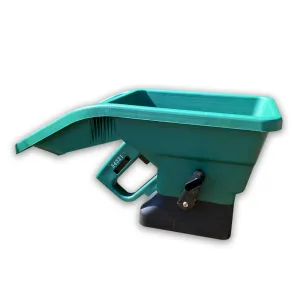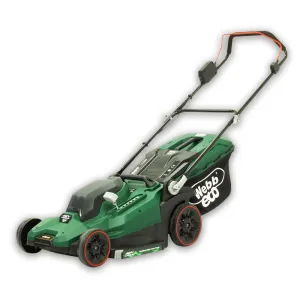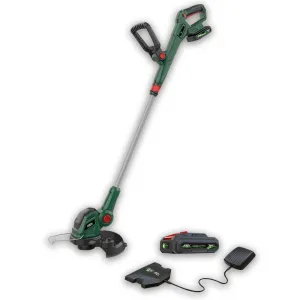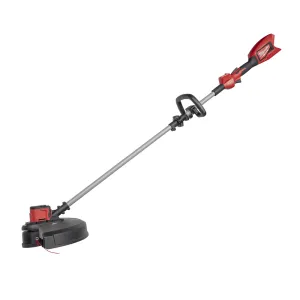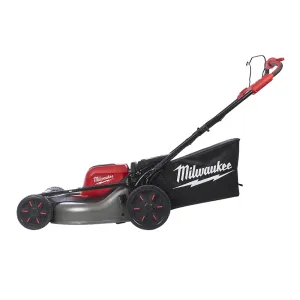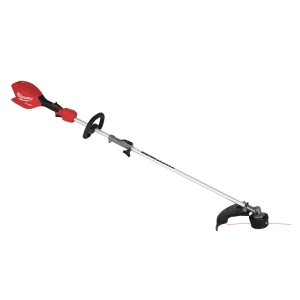You will need:
- Lawnmower
- Fertiliser
- Applicator (spreader/knapsack/boom sprayer)
- Correct PPE (overalls, rubber boots, chemical resistant gloves & face shield)
Top Tips For Mowing A Lawn:
- Firstly, the crucial thing for most lawns to stay green and healthy is to mow as high as you can. Professionals refer to this as the 1/3 rule as they suggest that you never cut more than 1/3 of the grass blade. It might be tempting to mow low as it can look great, but in fact it compromises the turf and in the long run you’ll end up with thin, brown turf that are more susceptible to weeds growth.
- Mow frequently, whilst remembering the 1/3 of grass rule.
- Remember to mow the grass when it’s dry. This is because the blades of grass will be upright and are less likely to clump together when cut.
- You must keep the mower blades sharp and balanced. If left to dull, your mower will make ragged cuts increasing the chance of disease and pests.
- Change the mowing pattern. If you are repeating the same cutting direction the grass will develop and grain and lean towards the direction you mow. Changing this pattern will mean you’ll have more upright growth and avoid ruts in the turf.
- Spread the clippings (unless you bag/compost them) across the areas you have cut. This is called grass-cycling, which returns nutrients and nitrogen to your lawn. However, be sure not to leave clumps or rows or else this will increase vulnerability to pests and disease.
- Mow with caution in shaded areas around trees. These areas will need to be mown at a higher level as the grass competes with tree roots for water and nutrients and will need an extra helping hand.
- Reduce mowing frequency and raise the mowing height of cool-season grasses (fescues, ryegrasses) when hot, as dry weather slows their growth rate.
- Fertilise. Be sure to refer to the proper lawn fertilising schedules for your lawn and grass type.
Mowing Height for Cool-Season Grasses:
Perennial Ryegrass - 2 to 3 inches
Fescue - 2 to 3 inches






